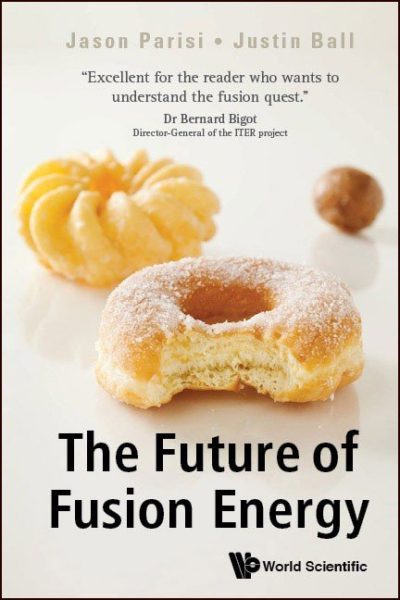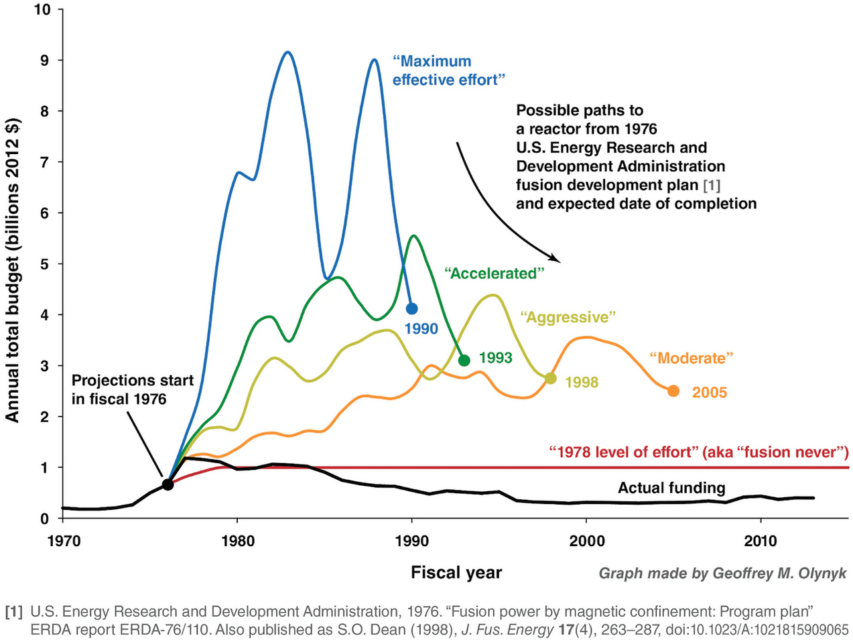One of the readers of Scott Alexander’s Astral Codex Ten has contributed a review of The Future of Fusion Energy by Jason Parisi and Justin Ball. This is one of perhaps a dozen or so anonymous reviews that Scott publishes every year with the readers voting for the best review and the names of the contributors withheld until after the voting is finished:
Fusion is the power which lights the stars. It is the source of all elements heavier than hydrogen in the universe. Wouldn’t it be great if we could use and control this power here on Earth?
I predict that we will get fusion before 2035 (80%) or 2040 (90%). I am a professional plasma physicist, a fusioneer if you will, so I probably know more about this subject than you, but am likely to overemphasize its importance.
The Future of Fusion Energy is the best introduction to fusion that I know. I can confirm that the information it contains is common knowledge among plasma physicists. My parents, who are not physicists, can confirm that it is accessible and interesting to read.
Things are changing fast in fusion right now, and The Future of Fusion Energy is already out of date in some important ways. I will summarize our quest for fusion as it is portrayed in the book, describe what has happened in the field since 2018, and make some predictions about where we go from here. The predictions are my own and do not reflect the opinions of Parisi or Ball.
Why Don’t We Have Fusion Already?
There is an old joke:
Fusion is 30 years away and always will be.
What happened? Why has fusion failed to deliver on its promise in the past?
By the 1970s, it was apparent that making fusion power work is possible, but very hard. Fusion would require Big Science with Significant Support. The total cost would be less than the Apollo Program, similar to the International Space Station, and more than the Large Hadron Collider at CERN. The Department of Energy put together a request for funding. They proposed several different plans. Depending on how much funding was available, we could get fusion in 15-30 years.
How did that work out?
Along with the plans for fusion in 15-30 years, there was also a reference: “fusion never”. This plan would maintain America’s plasma physics facilities, but not try to build anything new.
Actual funding for fusion in the US has been less than the “fusion never” plan.
The reason we don’t have fusion already is because we, as a civilization, never decided that it was a priority. Fusion funding is literally peanuts: In 2016, the US spent twice as much on peanut subsidies as on fusion research.









